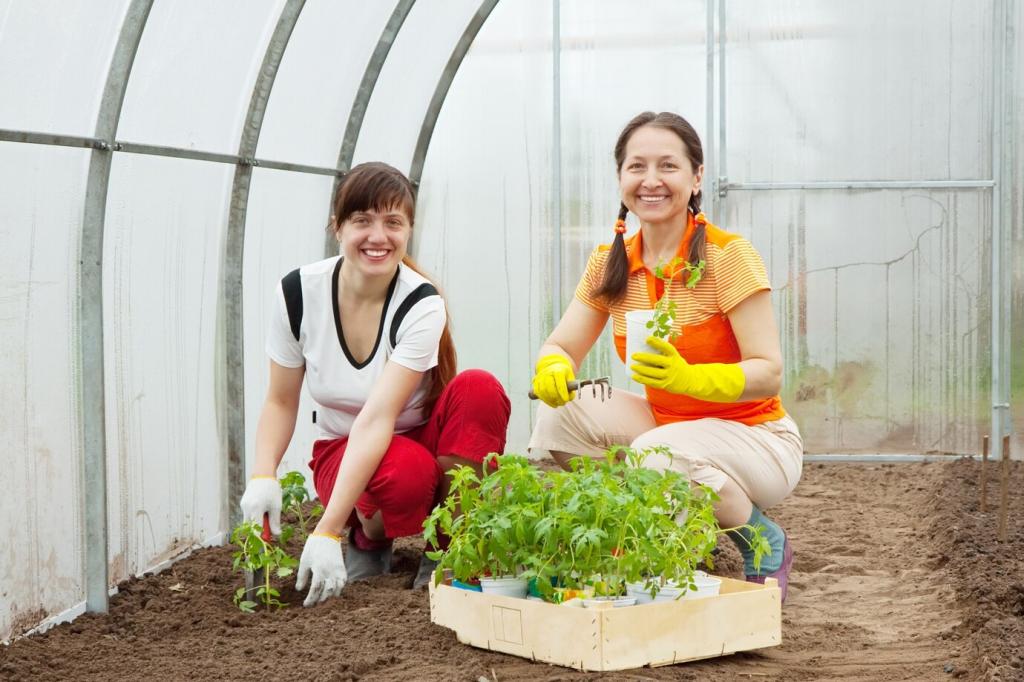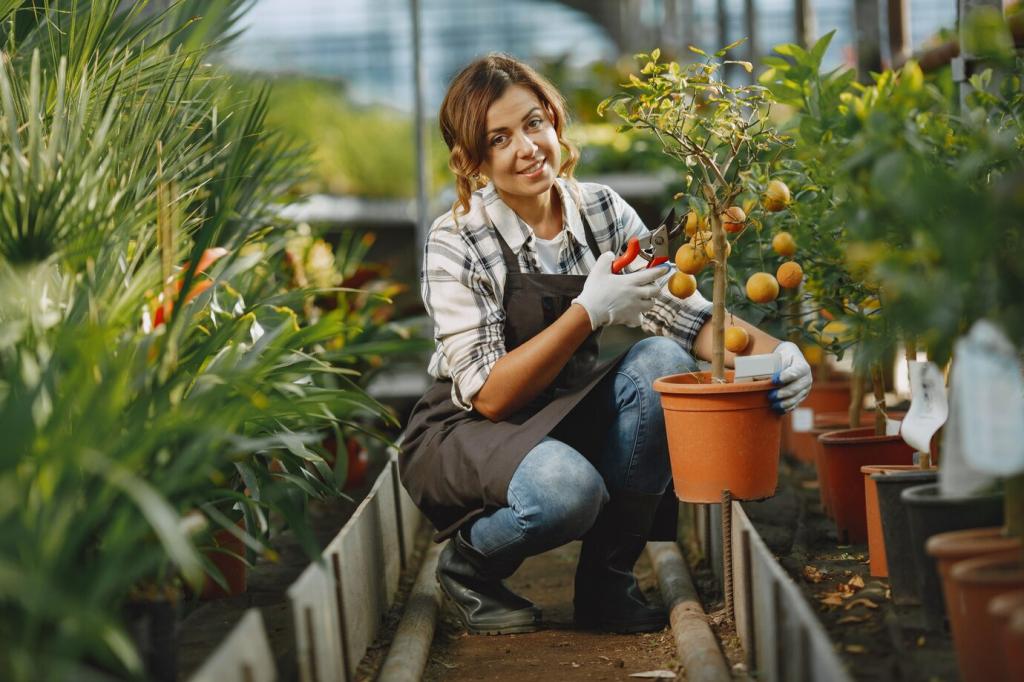Mindfulness and Urban Plant Cultivation
Mindfulness is more than a fleeting trend—it’s a form of awareness that centers us in the present moment, encouraging a deeper connection with ourselves and our surroundings. In the bustle of urban life, cultivating plants offers a unique pathway to practice mindfulness, grounding us amidst concrete landscapes. As city dwellers increasingly seek pockets of calm and green, urban plant cultivation provides an avenue to nurture both nature and our sense of well-being. By merging mindfulness practices with the care of urban plants, individuals not only beautify their environment but also cultivate inner peace and resilience. This harmonious fusion enriches city life, turning daily routines into intentional acts of care and reflection.

The Connection Between Mindfulness and Urban Gardening
Sensory Awareness in the Urban Jungle
Urban environments can be overwhelming, filled with noise, bright lights, and endless activity. Engaging in mindful urban plant cultivation provides a necessary counterbalance, anchoring sensory experience in the organic textures and natural cycles of greenery. The act of gently pressing soil, feeling the coolness of leaves, or observing sunlight dance on petals draws focused attention to the here and now. Over time, these mindful sensory experiences encourage a heightened state of awareness that extends beyond the garden. City dwellers often find that the tactile and visual rewards of nurturing plants foster a new appreciation for subtle details in other aspects of daily life. This enriched perception can lead to a greater sense of gratitude and calm, even in the busiest urban settings.
Slowing Down in the Fast-Paced City
City residents are accustomed to a culture of rushing—catching trains, meeting deadlines, and contending with constant stimulation. Mindful plant care disrupts this relentless pace, inviting practitioners to shift gears, pause, and engage in deliberate, unhurried actions. Whether it’s repotting a fern or checking for new shoots, each gardening task offers a moment to breathe, reflect, and find stillness. This intentional slowing down is not simply about relaxation; it is a practice of presence, where every motion is purposeful and every moment is lived fully. Over time, these intentional pauses become woven into the fabric of urban existence, offering moments of serenity that help manage stress and restore mental clarity amid city living.
Emotional Benefits of Nurturing Life
Nurturing urban plants can yield profound emotional rewards. As individuals tend to their gardens, they often experience a sense of accomplishment and purpose, watching seedlings flourish into mature, thriving greenery. This process can mirror personal growth, providing reassurance that small, consistent efforts can lead to significant transformations. Gardening mindfully also opens space for reflection, gratitude, and compassion, as caretakers witness the delicate interdependence between plants and their environment. For many, the act of keeping plants alive fosters resilience and self-efficacy, while the routine of care offers comfort and stability. Thus, mindful urban gardening becomes not just a hobby, but a restorative practice with far-reaching benefits for emotional well-being.

Incorporating consistent rituals into daily plant care cultivates mindfulness by transforming routine tasks into anchors for present-moment awareness. Whether it’s beginning each morning with a few moments of observation or closing the day with gentle misting, these rituals encourage steadiness and intention. Over time, they act as reminders to pause and honor life’s quiet rhythms, offering much-needed respite from urban tumult. Rituals can be as simple as pausing to breathe before watering or as elaborate as reflecting on the growth of each plant weekly. The very act of consistency, paired with mindful attention, creates a therapeutic structure that supports both plant health and personal well-being. These micro-moments of care become treasured intervals in the urban day.
Techniques for Mindful Urban Plant Cultivation
Overcoming Urban Challenges Through Mindful Cultivation
Innovative Use of Small Spaces
Urban living often means working within the confines of small apartments, balconies, or rooftops. Mindful gardeners view these limitations as invitations to innovate, embracing vertical gardens, window boxes, and creative planters to maximize greenery. Thoughtful planning and intentional design transform even the tiniest nooks into lush sanctuaries. By focusing on the process instead of the end result, gardeners find satisfaction in every step, whether it’s nurturing a single succulent or cultivating a living wall of herbs. Each adaptation is a deliberate act of mindfulness—an expression of hope and care that turns scarcity into abundance. These small-scale projects, imbued with presence and creativity, remind city dwellers that a connection to nature is always possible, no matter how modest the space.
Coping with Environmental Stressors
Cities are rife with environmental challenges, from air pollution to unpredictable weather or limited access to natural light. Approaching these issues mindfully helps urban gardeners develop resilience and adaptability. Rather than becoming discouraged by setbacks, practitioners can respond with curiosity and patience, experimenting with different plant species or techniques until they find what thrives. This process cultivates a flexible mindset, reinforcing the idea that growth and well-being require both effort and acceptance of imperfection. By staying present and attentive to each plant’s evolving needs, gardeners develop a deepened sense of empathy and problem-solving skills. Overcoming these stressors mindfully transforms frustrations into opportunities for learning, ultimately enhancing satisfaction and self-efficacy in the urban gardening journey.
Building Community Through Shared Green Spaces
Mindful urban plant cultivation extends beyond the individual to foster connections among neighbors and entire communities. Shared gardens, rooftop collectives, and community green spaces become hubs where people come together with the unified goal of nurturing plant life. Engaging mindfully with these spaces encourages patience, cooperation, and mutual respect, as participants must attend closely to both nature’s needs and the dynamics of group collaboration. These shared practices cultivate a spirit of generosity and belonging, transforming isolated city residents into active contributors to the neighborhood’s well-being. Over time, such communal green initiatives not only beautify urban environments but also strengthen the social fabric, proving that mindful cultivation has the power to heal and unite even the busiest cities.
